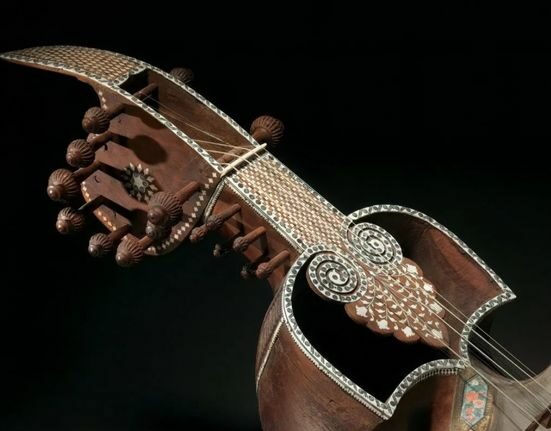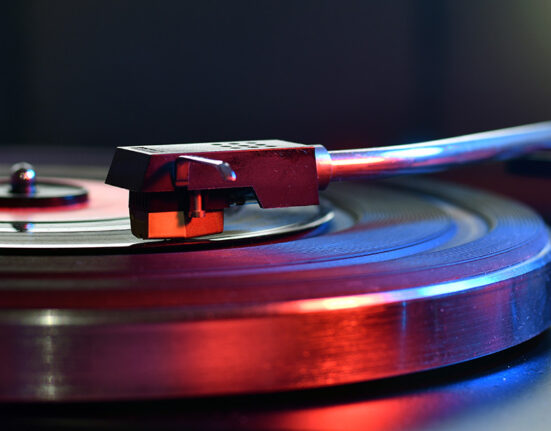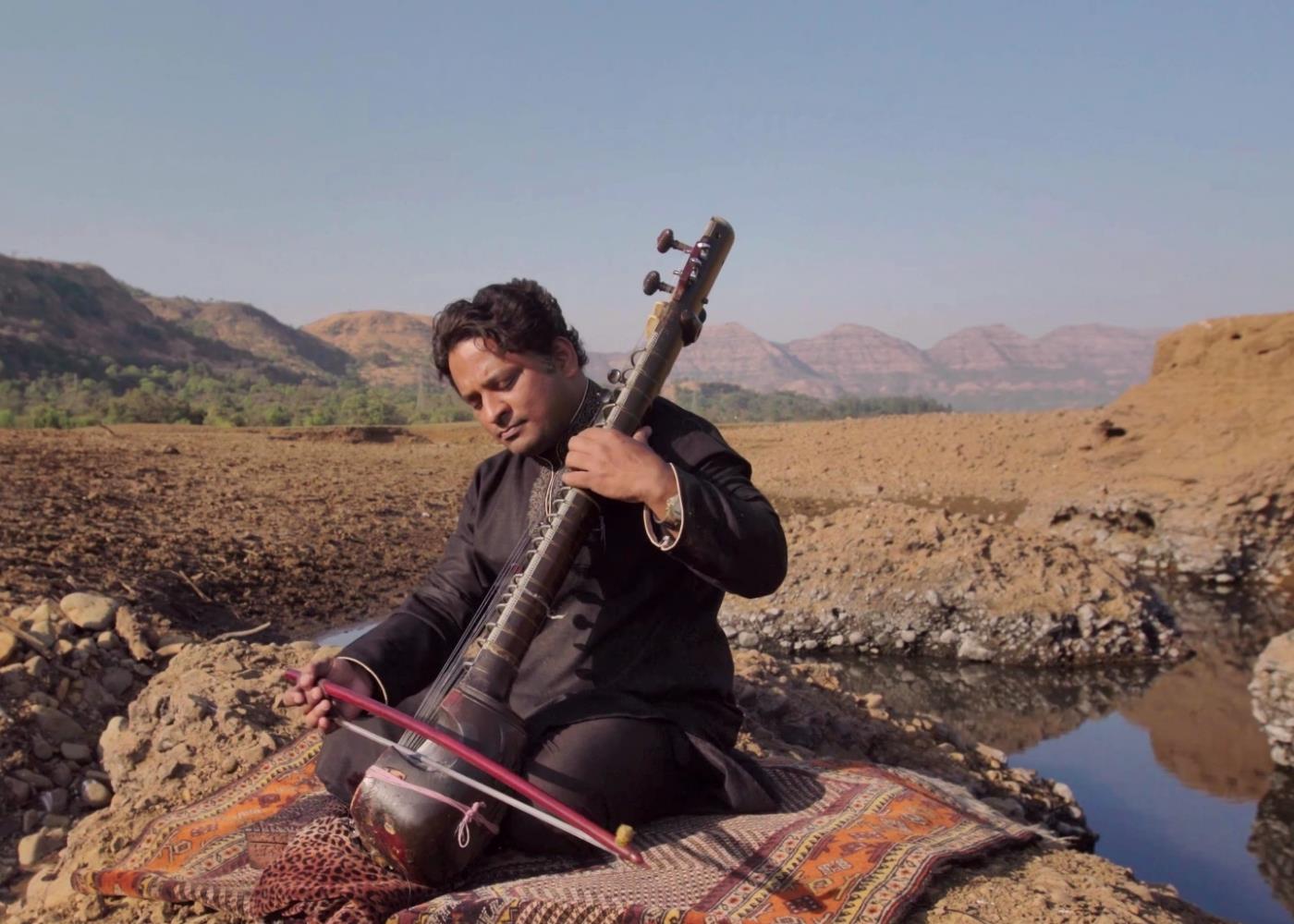The Esraj, popularly seen in the northern parts of India, predominantly Punjab, in the Sikh music, Hindustani music and also in West Bengal, is among the very rare, divine and precious Indian classical instruments that’s played by a handful of players in today’s time.
Yash Warrier | Founder-BeatCurry Team
The Esraj is an instrument that we are quite unaware of, yet are familiar with its characteristic sound and emotions. Over the years, apart from being a solo instrument, the Esraj has been seeing a rapid demand among music composers, independent artists, background score artists, etc. Let’s take a look at how this sound has traversed from a niche to a mainstream audience.
Does this sound familiar to you? Can you name more songs with the same sound? All the above has been performed by one of India’s renowned Esraj artists, Arshad Khan. This is the beauty of Esraj. Let’s find out more about this instrument.

The most enchanting thing about Esraj is its sound, the way how it creates soothing human-like melodies and textures. It is a traditional Indian classical bowed stringed instrument that belongs to the family of chordophones-instruments producing sounds by way of vibrating or stretched strings. An instrument that’s generally played as a solo instrument (Hindustani) or as an accompanying instrument (Rabindra Sangeet), the Esraj is considered to be a rare Indian instrument and is alive today because of the great efforts and hardwork of some of the stalwarts, musicians, students and its followers from around the world.
Similar to the Taus, Dilruba, Sarangi, the Esraj became popular in the 17th century as an accompanying instrument in the Sikh music and other northern and eastern parts of India. It was only in the 19th century when it became part of the Rabindra Sangeet and was extensively researched, explored and taught as not just an accompanying instrument, but rather a solo instrument of its own.

The Esraj has characteristics of both, the Sitar and the Sarangi. The wooden body is covered with goat skin that acts as a resonance cover, with a horn bridge fixed in the middle of the goat skin, over which the four playing strings rest. These strings are attached to the main pegs at the top of the instrument along with about 15 sympathetic strings, like the Sarangi. The Esraj is played with a bow, just like the violin with the bare fingers gracefully playing the lines over the fret.
Arshad Khan, Buddhadeb Das, Shubhayu Sen Mazumdar and Abir Singh Khangura are among the famous noted players who are preserving and carrying forward the true art and identity of Esraj.
If you’d like to know more about such musical instruments, unique and versatile flavours of music,
Log on to www.beatcurry.com, subscribe and never miss another update from us.







